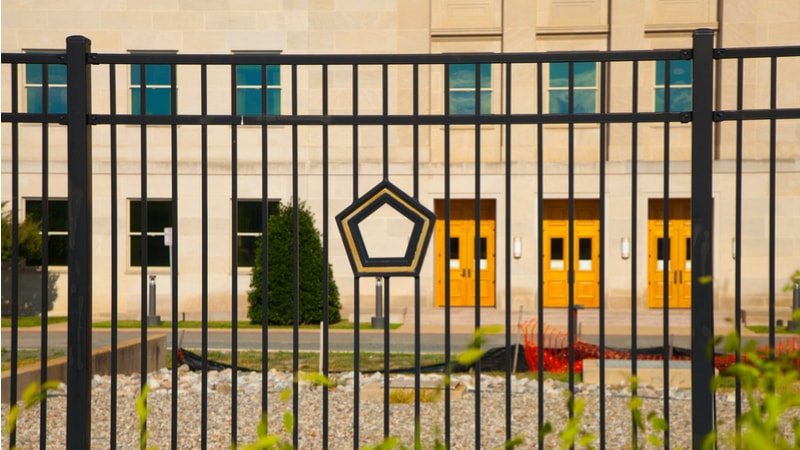
In accordance with recent White House initiatives, the Department of Defense (DoD) is developing plans for Washington, D.C.-area employees to return to the Pentagon and begin a “new normal,” Secretary Mark Esper said at a May 4 Brookings Institution webinar.
“There will be a new normal that we will have to adapt to for an extended period of time, at least until we have a vaccine that we’re confident in,” he said. “That means the sooner we can adapt our practices, the sooner we can learn from this virus, and make changes, the better we will be and the more likely we are to maintain a high degree of readiness.”
Esper explained that the spread of COVID-19 coronavirus in the military has been relatively low – he estimated 5,000 infections, 100 hospitalizations, and two deaths from the virus in the two-million-member workforce – but the department is remaining cognizant of how the pandemic will impact its future.
“We’ve had a very low impact on readiness, but over time we are anticipating what could be a greater impact if we don’t see a change in trajectory of the virus or how we adapt ourselves,” Esper said.
Like most other agencies, DoD has switched to telework where possible to combat the spread of the virus, but Esper added that the shift has actually improved productivity in some areas. He said that the agency is “pleasantly surprised” by how much it’s been able to accomplish via telework.
Esper said that “in phases” the agency will begin to “open up the Pentagon and other office buildings” to return to the department’s new normal. Amid the transition, “job number one” will be to continue protecting the DoD workforce, he added.
Long term, Esper said that he is concerned about the impacts on military recruitment and training, but each service is adapting its training procedures to stay mindful of current best practices. On a larger scale, Esper noted that his plans will continue to stay focused on the implementation of the National Defense Strategy. Specifically, he highlighted the process of “shedding the legacy force and moving to a more modern force” through investments in tech such as artificial intelligence, hypersonics, and cyber.
